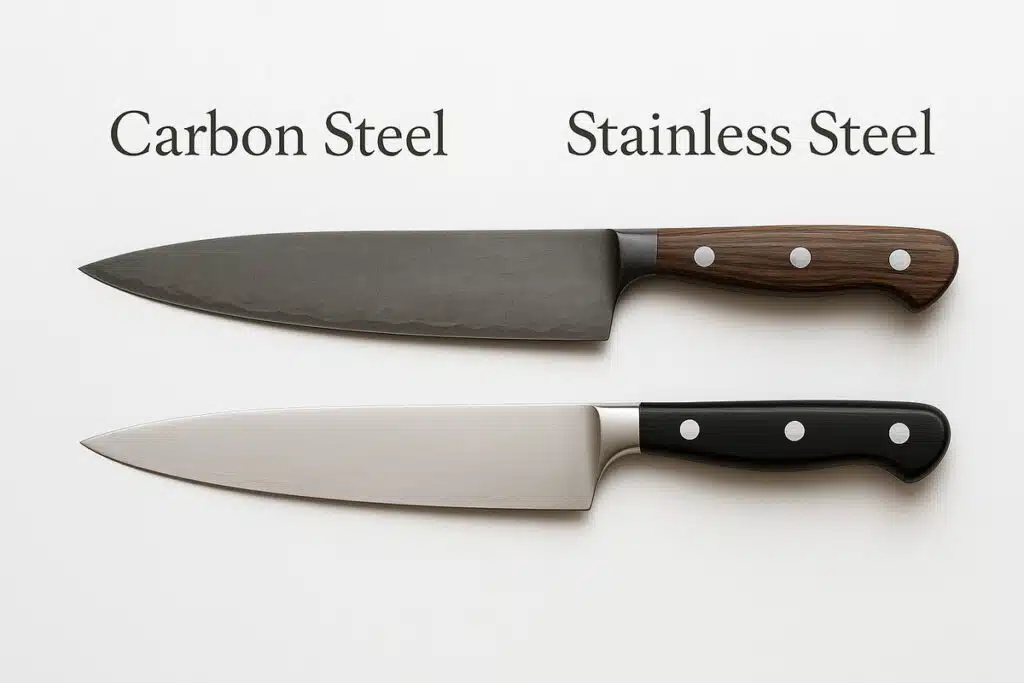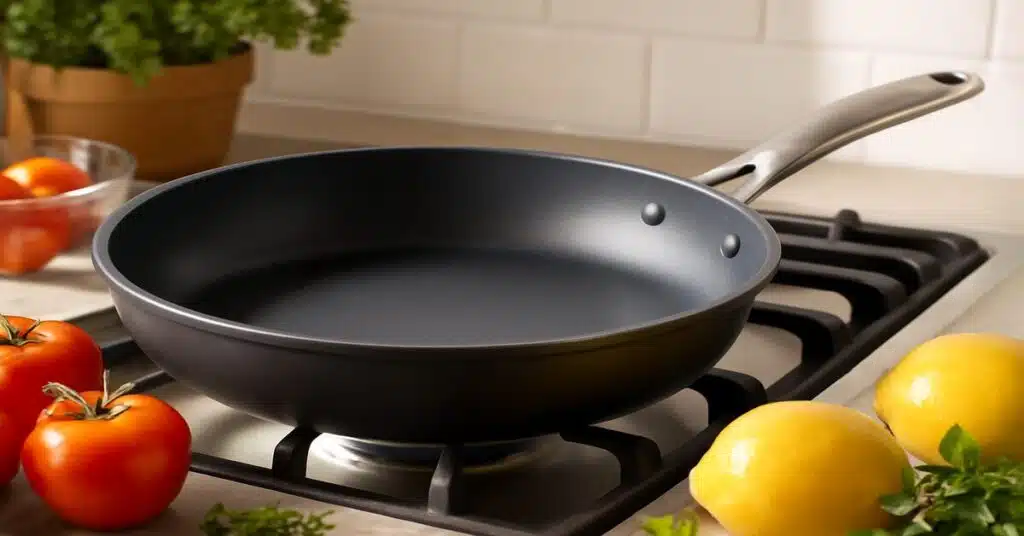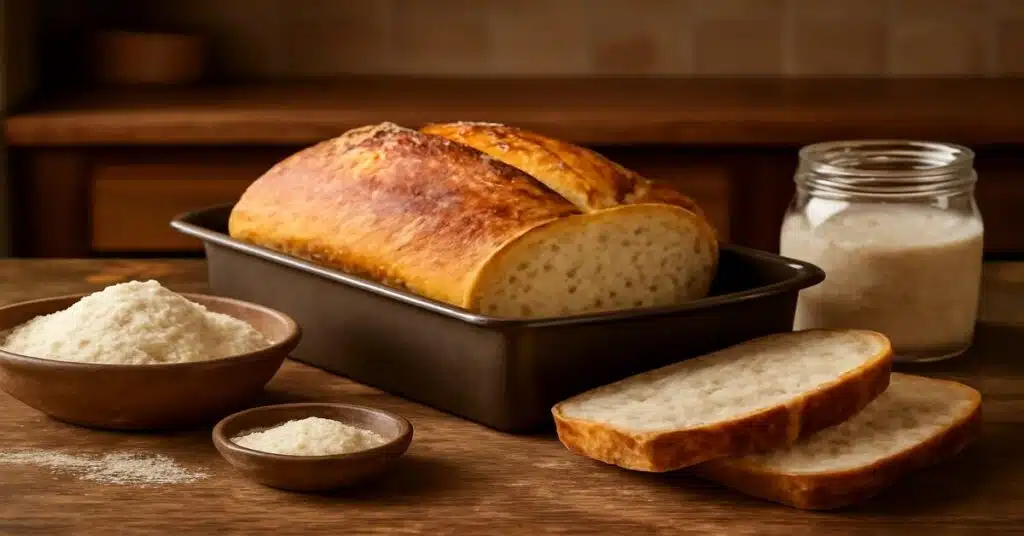Why This Matters (Personal + Practical)
How to clean a carbon steel knife—that’s something I wish someone had taught me the day I brought home my first one. I was so excited, like a kid with a new toy. It was razor-sharp, sleek, and had that beautiful raw steel look that screamed “pro chef.” But that excitement didn’t last long. I left it in the sink overnight—just once—and by morning, it looked like an old nail dug out from the garden.
That rust wasn’t just ugly—it was heartbreaking. That knife wasn’t cheap, and it felt like I had ruined it before even learning how to use it right.
That was years ago, and since then, I’ve made it my mission to understand carbon steel knife maintenance inside out. Through trial, error, and a whole lot of vinegar-soaking, I’ve learned how to care for these special blades the way they deserve. This guide shares everything I’ve discovered—from rust prevention to everyday habits to make your knife last for years.
If you’re a beginner cook, a busy parent, or someone like me who just loves a good tool in the kitchen, this guide is for you. We’ll use everyday items and simple steps—nothing fancy, just home-safe, U.S.-friendly DIY care. Let’s dive in and give your knife the love it deserves.
Why Carbon Steel Knives Are Loved—But Need Extra Care

Carbon steel knives are like classic muscle cars. Powerful, precise, and built to last—if you take care of them. Compared to stainless steel, carbon steel knives have one big advantage: sharpness and edge retention. But they also have one major weakness: they rust easily.
That’s because carbon steel doesn’t have the chromium content that makes stainless steel rust-resistant. Instead, it reacts to moisture and acid, forming a patina on the blade. A light patina actually protects the knife, but if left uncleaned, it can become ugly rust. So, it’s not just about keeping it clean—it’s about carbon steel vs stainless steel care. And once you understand the difference, taking care of it becomes second nature.
What You’ll Need to Clean a Carbon Steel Knife
Tools to clean a carbon steel knife don’t have to be expensive. Most of the items are already in your kitchen drawer or under the sink. Here’s what I use:
- Soft sponge (non-abrasive)
- Baking soda or white vinegar
- Paper towels or a lint-free dish towel
- Food-grade mineral oil
- Warm (not hot) water
If you’re into natural solutions, a homemade carbon steel knife cleaner using baking soda and lemon works beautifully. I’ve also used cleaning knives with baking soda to remove light stains without damaging the blade.
Step-by-Step: How to Clean a Carbon Steel Knife Without Damaging It
Here’s the exact method I follow daily—learned from my own failures and fixed with real experience.
- Rinse Immediately: After use, rinse the knife under warm water. Don’t let food sit on it.
- Wipe Clean: Use a sponge to gently clean off any residue. Avoid the dishwasher at all costs—it’s a fast track to rust.
- Dry It Fast: Dry with a paper towel or cloth right away. I keep one hanging near my sink just for this.
- Inspect for Spots: If any stains are forming, move on to a deeper clean.
This is truly the best way to clean carbon steel—simple, consistent, and effective. Think of it as brushing your teeth. Skipping even one day matters.
How to Remove Rust from Your Knife (Gently But Effectively)
So, what if rust has already crept in?
This happened to me after a rainy weekend when I forgot to wipe down the knife before leaving town. Here’s how I saved it:
- Vinegar soak: I soaked the blade in white vinegar for about 5 minutes.
- Baking soda paste: Made a thick paste and gently scrubbed with a soft cloth.
- Lemon rub: For light spots, I cut a lemon and rubbed it directly on the blade.
This method works wonders for surface rust. And yes, this is the safest, simplest way on how to remove rust from carbon steel knife without harming the metal.
Daily, Weekly & Deep Cleaning Routines That Actually Work
🟢 Daily
- Wash, rinse, and dry immediately
- Apply a drop of oil (especially if storing overnight)
🟡 Weekly
- Give it a light polish with baking soda if needed
- Reapply a thin coat of food-grade oil
🔴 Monthly
- Full blade check for spots or edge damage
- Sharpen if required, followed by cleaning and oiling
These steps make up my carbon steel knife cleaning routine, and I’ve followed them religiously for over a year. My blade still looks brand new.
6 Common Mistakes When Cleaning Carbon Steel Knives
I’ve made most of these myself early on. Here’s what to avoid:
- Leaving it wet on the counter
- Soaking it overnight in water
- Putting it in the dishwasher
- Using steel wool or harsh scrubbers
- Skipping the oil step
- Storing it in damp or tight drawers
Avoiding these common mistakes cleaning carbon steel knife is half the battle. The rest is a habit.
Protect Your Blade: How (and Why) to Oil a Carbon Steel Knife

Oiling your knife is like moisturizing your skin. Without it, it gets dry, dull, and cracked.
Use food-grade oil for knives—I recommend mineral oil or even flaxseed oil for long-term protection.
Here’s how I do it:
- Put a drop of oil on a soft cloth
- Rub both sides of the blade
- Wipe off any excess
This prevents knife blade discoloration removal in the future and keeps your tool safe between uses. So yes, learning how to oil a carbon steel knife is a must—not a maybe.
How to Store Your Carbon Steel Knife So It Lasts for Years
Storing your knife right is just as important as cleaning it. Trust me, I’ve made the mistake of keeping it in a drawer next to spoons—scratches everywhere.
Best storage methods:
- Magnetic strip on a clean wall
- Knife block with airflow
- Blade guard in a drawer (if you must use one)
By following this, you’ll master how to store carbon steel knives properly—keeping your edge sharp and your blade rust-free.
Frequently Asked Questions (FAQ)
Can I use soap to clean a carbon steel knife?
Yes, you can. Just make sure to rinse and dry it immediately. → can you use soap on carbon steel knife
How often should I oil my carbon steel knife?
At least once a week, or after every deep clean. → how often to oil carbon steel knife
What happens if my knife gets wet?
Dry it fast. If left wet, it can rust within hours. → what to do if carbon steel knife gets wet
Can I clean it with vinegar or lemon juice?
Yes, for rust removal. Don’t overdo it though. → clean carbon steel with vinegar or lemon
How can I stop it from rusting again?
Clean immediately, dry fast, and oil weekly. → prevent carbon steel knife rust
Final Thoughts: What I’ve Learned (and You Should Too)
If you’ve made it this far, I want to tell you something from the heart — how to clean a carbon steel knife isn’t just a skill. It’s a habit. One that took me years to get right.
I used to treat my carbon steel knife like any other kitchen tool. But this isn’t “just another tool” — it’s a blade that demands care. And in return? It gives back years of loyal service.
I’ve brought back rusted knives from the dead. I’ve turned frustration into confidence. And now, this knife is part of my daily routine — like brushing my teeth or boiling my morning coffee.
So here’s my advice, as your fellow kitchen warrior:
- Never leave your blade wet.
- Treat it with respect.
- And clean it like it’s your favorite thing in the kitchen — because once you care for it right, it absolutely will be.
You don’t need to be a professional chef to take care of a carbon steel knife. You just need consistency, a soft cloth, and a little bit of love.












